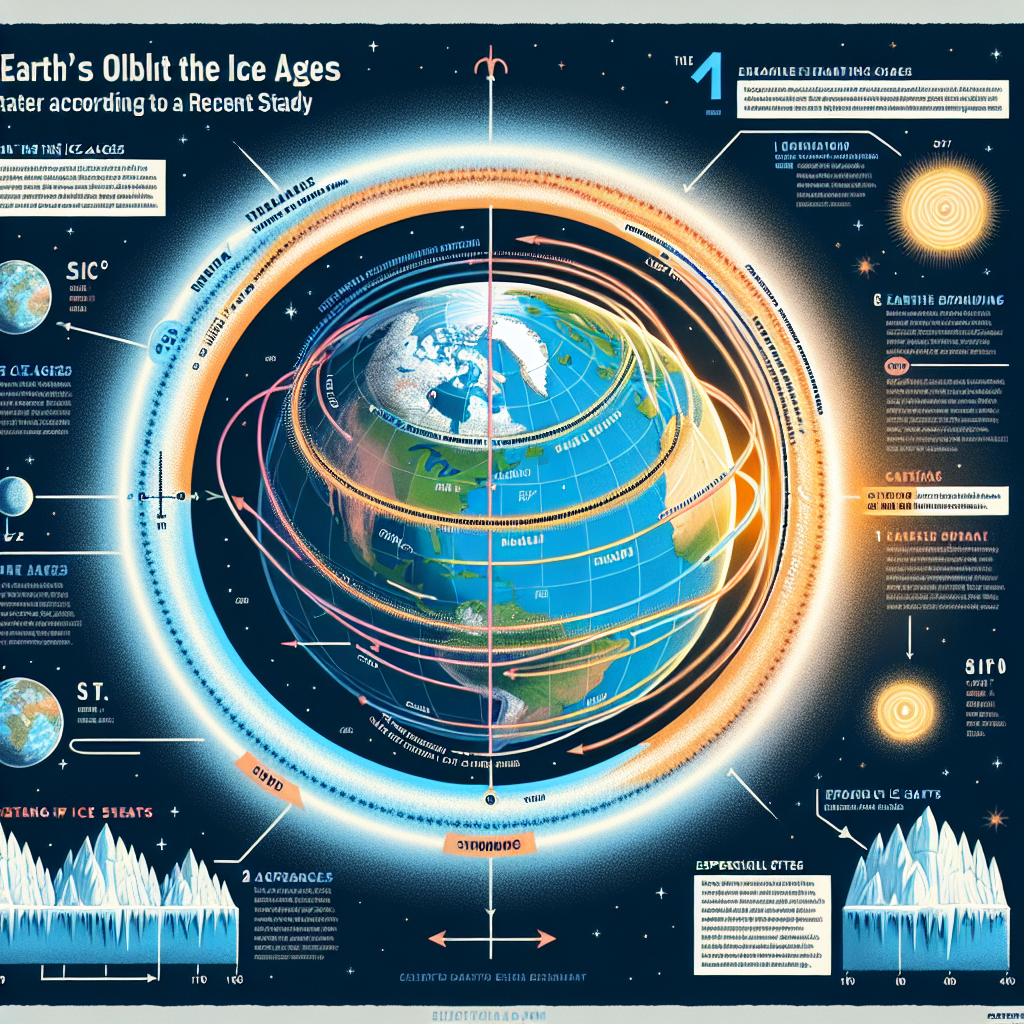Earth’s Orbit: The Key to Understanding Ice Ages Revealed by New Study
Earth’s Orbit: The Key to Understanding Ice Ages Revealed by New Study
Introduction
A groundbreaking study has unveiled crucial insights into the role of Earth’s orbit in triggering ice ages. This research sheds light on the intricate relationship between celestial mechanics and climatic shifts, offering a deeper understanding of our planet’s climatic history.
Key Findings
- Orbital Variations: The study highlights how variations in Earth’s orbit, known as Milankovitch cycles, significantly influence the onset and retreat of ice ages.
- Climate Patterns: These orbital changes affect the distribution of solar energy on Earth, leading to long-term climate patterns that can trigger glacial and interglacial periods.
- Data Analysis: Researchers utilized advanced climate models and geological data to trace the impact of orbital shifts over millions of years.
Implications for Climate Science
This research provides a pivotal framework for understanding past climate changes and predicting future climatic trends. By comprehending the natural drivers of ice ages, scientists can better assess the potential impacts of current anthropogenic climate change.
Conclusion
The study underscores the profound influence of Earth’s orbital dynamics on global climate patterns. By unraveling the mysteries of ice ages, this research not only enriches our understanding of Earth’s climatic past but also equips us with valuable insights for future climate predictions.














